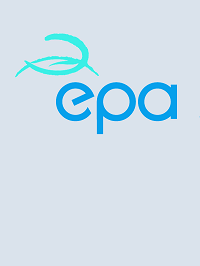Assessment And Evaluation Of Outlets Of Compost Produced From Municipal Waste
Final report - ERTDI report 6 - van der Werf et al
Summary: The key goal of this document was to formulate a national strategy to develop adequate, stable and reliable PBMW-compost market and non-market outlets

Waste & resource management :: Environmental Protection Agency, Ireland